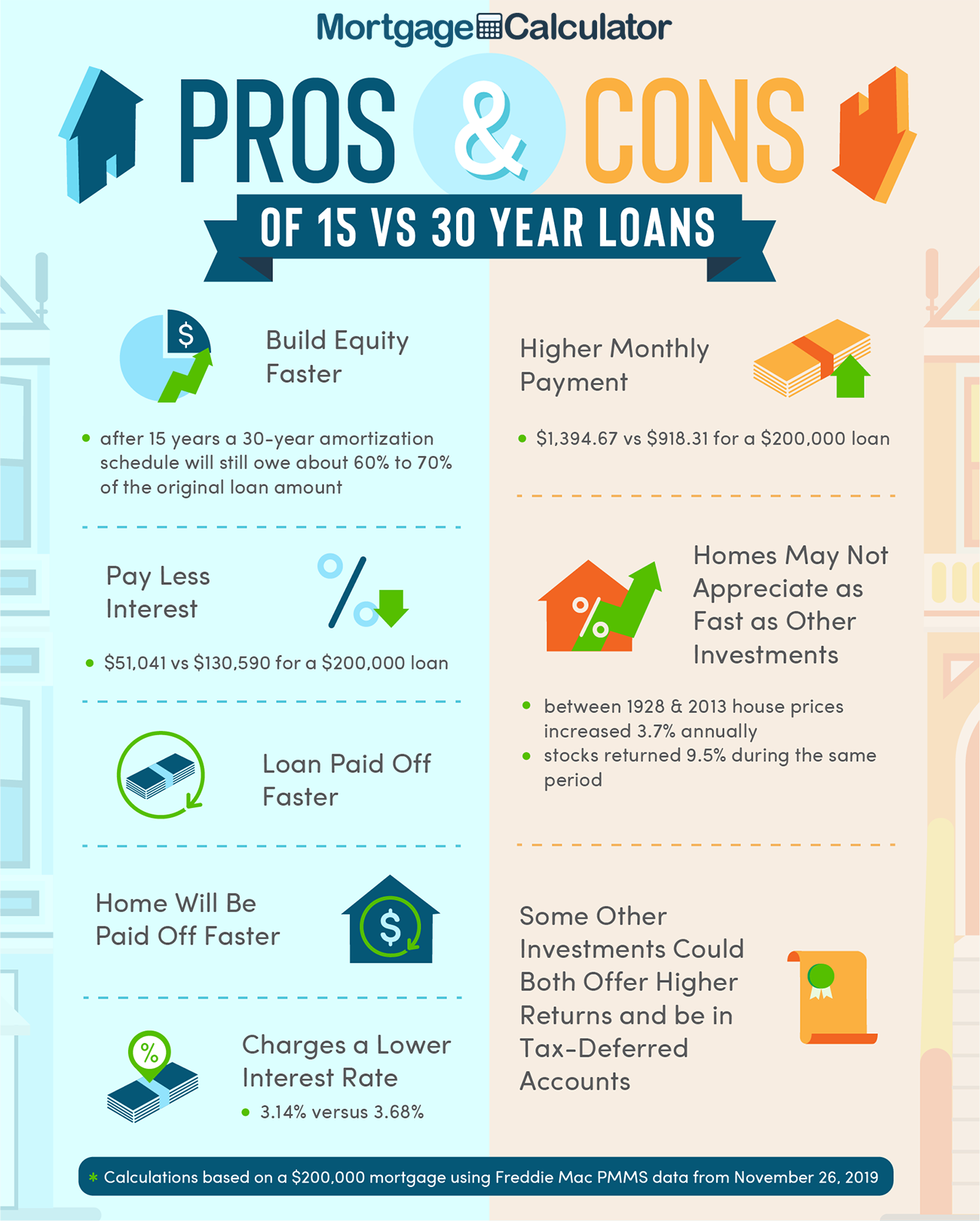This suggests that as banks went into the market to lend cash to property owners and ended up being the servicers of those loans, they were likewise able to produce new markets for securities (such as an MBS or CDO), and profited at every step of the process by gathering charges for each transaction.
By 2006, over half of the biggest monetary companies in the country were included in the nonconventional MBS market. About 45 percent of the biggest firms had a big market share in three or 4 nonconventional loan market functions (stemming, underwriting, MBS issuance, and maintenance). As shown in Figure 1, by 2007, almost all stemmed home mortgages (both conventional and subprime) were securitized.
For instance, by the summertime of 2007, UBS held onto $50 billion of high-risk MBS or CDO securities, Citigroup $43 billion, Merrill Lynch $32 billion, and Morgan Stanley $11 billion. Considering that these institutions were producing and investing in risky loans, they were thus very susceptible when housing rates dropped and foreclosures increased in 2007.
In a 2015 working paper, Fligstein and co-author Alexander Roehrkasse (doctoral prospect at UC Berkeley)3 examine the causes of fraud in the mortgage securitization market during the monetary crisis. Deceitful activity leading up to the marketplace crash was prevalent: mortgage producers frequently deceived debtors about loan terms and eligibility requirements, in many cases concealing info about the loan like add-ons or balloon payments.
Banks that produced mortgage-backed securities typically misrepresented the quality of loans. For example, a 2013 fit by the Justice Department and the U.S. Securities and Exchange Commission found that 40 percent of the underlying mortgages came from and packaged into a security by Bank of America did not fulfill the bank's own underwriting standards.4 The authors look at predatory lending in home loan originating markets and securities fraud in the mortgage-backed security issuance and underwriting markets.
The authors show that over half of the financial organizations examined were engaged in prevalent securities scams and predatory lending: 32 of the 60 firmswhich consist of home loan lenders, commercial and investment banks, and savings and loan associationshave settled 43 predatory financing fits and 204 securities fraud suits, totaling almost $80 billion in penalties and reparations.
Indicators on What Is A Bridge Loan As Far https://sokodirectory.com/2017/07/high-gdp-annual-returns-key-supporters-growth-real-estate-sector/ As Mortgages Are Concerned You Need To Know
Several firms entered the home mortgage market and increased competitors, while at the exact same time, the swimming pool of viable debtors and refinancers started to decrease rapidly. To increase the pool, the authors argue that large firms encouraged their producers to participate in predatory financing, often discovering customers who would handle risky nonconventional loans with high interest rates that would benefit the banks.
This enabled banks to continue increasing revenues at a time when standard home mortgages were limited. Firms with MBS companies and underwriters were then forced to misrepresent the quality of nonconventional home mortgages, often cutting them up into various pieces or "tranches" that they might then pool into securities. Furthermore, since big companies like Lehman Brothers and Bear Stearns were engaged in numerous sectors of the MBS market, they had high incentives to misrepresent the quality of their mortgages and securities at every point along the loaning process, from coming from and providing to financing the loan.
Collateralized debt responsibilities (CDO) multiple swimming pools of mortgage-backed securities (typically low-rated by credit agencies); subject to ratings from credit score companies to show risk$110 Traditional home mortgage a type of loan that is not part of a particular government program (FHA, VA, or USDA) however ensured by a personal loan provider or by Fannie Mae and Freddie Mac; normally https://www.residencestyle.com/how-can-you-explore-the-beauty-of-the-beach-and-ocean-in-real-estate/ repaired in its terms and rates for 15 or 30 years; usually comply with Fannie Mae and Freddie Mac's underwriting requirements and loan limits, such as 20% down and a credit rating of 660 or above11 Mortgage-backed security (MBS) a timeshare usa bond backed by a pool of home loans that entitles the bondholder to part of the monthly payments made by the debtors; might include traditional or nonconventional home loans; based on scores from credit ranking agencies to show danger12 Nonconventional home loan government backed loans (FHA, VA, or USDA), Alt-A home loans, subprime home mortgages, jumbo mortgages, or house equity loans; not purchased or safeguarded by Fannie Mae, Freddie Mac, or the Federal Housing Finance Company13 Predatory financing imposing unreasonable and violent loan terms on borrowers, frequently through aggressive sales strategies; making the most of customers' lack of understanding of complex transactions; outright deceptiveness14 Securities scams stars misrepresent or withhold details about mortgage-backed securities utilized by financiers to make choices15 Subprime home mortgage a home mortgage with a B/C score from credit companies.

FOMC members set monetary policy and have partial authority to control the U.S. banking system. Fligstein and his colleagues find that FOMC members were prevented from seeing the approaching crisis by their own assumptions about how the economy works utilizing the framework of macroeconomics. Their analysis of meeting records expose that as real estate costs were quickly increasing, FOMC members repeatedly downplayed the seriousness of the housing bubble.
The authors argue that the committee depended on the structure of macroeconomics to alleviate the seriousness of the oncoming crisis, and to validate that markets were working logically (when did subprime mortgages start in 2005). They keep in mind that the majority of the committee members had PhDs in Economics, and therefore shared a set of assumptions about how the economy works and relied on typical tools to keep an eye on and control market anomalies.
46) - what kind of mortgages do i need to buy rental properties?. FOMC members saw the cost changes in the real estate market as different from what was taking place in the monetary market, and presumed that the overall economic effect of the real estate bubble would be limited in scope, even after Lehman Brothers applied for insolvency. In reality, Fligstein and coworkers argue that it was FOMC members' failure to see the connection in between the house-price bubble, the subprime mortgage market, and the monetary instruments used to package home mortgages into securities that led the FOMC to downplay the seriousness of the approaching crisis.
Not known Details About What Happens To Bank Equity When The Value Of Mortgages Decreases
This made it nearly difficult for FOMC members to prepare for how a decline in housing prices would impact the entire national and global economy. When the home mortgage market collapsed, it surprised the U.S. and worldwide economy. Had it not been for strong government intervention, U.S. workers and homeowners would have experienced even higher losses.
Banks are when again financing subprime loans, particularly in automobile loans and little service loans.6 And banks are when again bundling nonconventional loans into mortgage-backed securities.7 More recently, President Trump rolled back a lot of the regulatory and reporting provisions of the Dodd-Frank Wall Street Reform and Customer Security Act for little and medium-sized banks with less than $250 billion in properties.8 LegislatorsRepublicans and Democrats alikeargued that a number of the Dodd-Frank arrangements were too constraining on smaller banks and were restricting economic development.9 This brand-new deregulatory action, combined with the rise in risky loaning and financial investment practices, might create the financial conditions all too familiar in the time duration leading up to the market crash.

g. include other backgrounds on the FOMC Reorganize worker payment at banks to prevent incentivizing risky habits, and boost guideline of new monetary instruments Task regulators with understanding and keeping track of the competitive conditions and structural changes in the monetary marketplace, particularly under scenarios when companies may be pressed towards scams in order to maintain earnings.